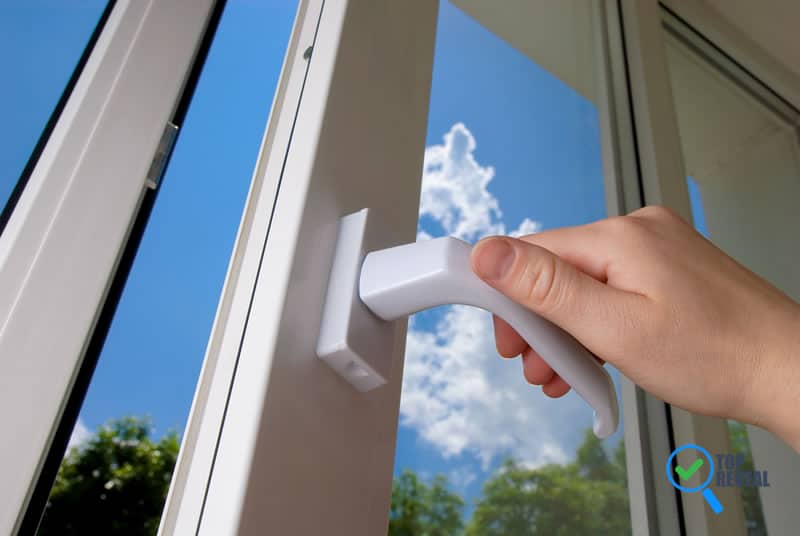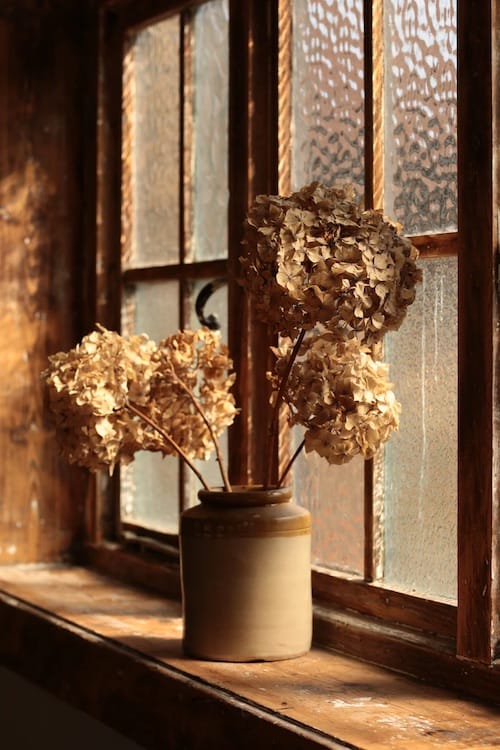Choosing windows seems simple, but do you know what to consider when choosing a window?
Choosing windows can take a completely different approach to a room from the inside as well as from the outside.
It’s not just for natural light.
And even though choosing windows seems easy, there are a lot of things to decide.
In addition, it will structure the facade of the building and are important enough elements in the day to day to stop to consider all options. Don’t you think?
In the choice of the type of window you can analyze many points but the most common are:
- Personal preferences and economic resources.
- The characteristics of the building, dwelling or room.
- The climatological and environmental environment of the building.
- What can we choose when choosing windows?
How to choose windows and type of glass.
Contents
For many years, glazing has not been a priority in New Jersey.
Poorly designed windows and inefficient glass can make a house too cold or too hot and scandalously increase the demand for heating and air conditioning. Which is one of the main concern for people to do window replacement in New Jersey
In fact, one of the biggest changes you can make in an old house is to replace windows with more efficient ones.
The choice of glass is key along with the support of it.
# Monolithic glass.
A monolithic glass is defined as a single layer of vitreous mass.
We can find it in thicknesses ranging from 2 to 25 mm.
This glass is the fundamental base on which the manufacture and manufacture of the rest of glasses is structured, whether they are tempered, laminated, double glazing or even curved.
# Tempered glass.
A tempered glass, basically, is a monolithic glass subjected to a process of heating and cooling in a short space of time.
In this way, its resistance to mechanical and thermal tensions increases considerably. Its main characteristic is an enormous resistance to shocks.
What makes them better known is that they have a very characteristic break in small pieces, minimizing wounds from deep cuts.
Unlike laminated glass, small crystals will not stick, but they are still an excellent safety component.
# Laminated glass.
Laminated glasses are composed of two or more glasses joined by interposition of one or more plastic sheets (polyvinyl butyral).
By varying the number or thickness of each of its components, different compositions of laminated safety glass with different characteristics will be obtained.
There is a possibility of increasing safety properties by laminating, for example tempered glass.
In case of glass breakage, the glass fragments in this case will remain adhered to the butyral.
In addition, they offer extra protection against ultraviolet radiation, absorbing more than 95% of the ultraviolet rays that cause discolouration of furniture and fabrics.
# Low emissivity glass.
Also called low emissivity glass or low-e are characterized by a very low emissivity of the glass surface.
It is a high quality, energy efficient product that can reflect up to 70% of the interior heat.
The low emissivity cancels out the “cold wall” effect in winter and “hot wall” in summer.
It also reduces the thermal transmittance by more than 60% than a single pane of glass.
# Solar control glass
Solar control glass (called as solar-e or spectrally-selective glass) is a reinforced double-glazing thermally very similar to the previous one.
In this case the sheet added between your two glasses reduces the amount of solar heat (long wave energy) absorbed by the glass.
Logically, this type of glass is useful if it is placed in windows that receive unwanted direct solar radiation.
# Glass with chamber or double glazing.
Chamber glasses are glasses formed by two or more leaves separated by one or two hermetically sealed intermediate chambers.
The air chamber reduces heat transfer.
As you can imagine, these glasses with a chamber can be combined with other functionalities such as reinforced acoustic insulation, solar control, low emissivity, security reinforcements, antifouling, etc.
What do we have to take into account in this type of glass?
Mainly the thickness of each glass and the amount of space between panels. Typical panel spacing ranges from 6 mm to 20 mm.
There are really many options on the market to choose from, and various distributions or combinations of double glazing.
A minimum space of 12 mm is almost always recommended for optimum thermal performance.
# Solar control glass and low emissivity.
Double glazing allows the combination of solar control glass as exterior glass and low emissivity glass as interior glass.
In this way a strong external solar control is achieved, without producing a greenhouse effect.
One thing you should consider in these cases is that the effectiveness of low emissivity glass depends on the direction in which the coating faces.
For more specific situations it is best to contact the glazing supplier.
# Matte glass.
It is a type of glass that has a specific treatment to the acid and a finish in the surface with a matt aesthetic avoids that the fingerprints are printed in them.
It is manufactured from a high-quality float glass, which after acid treatment achieves a surface that diffuses light and transforms the initial glass into translucent.
# Lacquered glass.
An actual glass very used in decoration and interior architecture.
It is a coloured glass that is achieved by applying a thermosetting paint (lacquer) to one of its sides to give it colour and shine.
# Intelligent glass.
Intelligent glasses are those glasses that are able to change some property in front of some change in the environment in which it is.
Within this group we have:
- Photochromic glasses that vary their transparency depending on the intensity of the incident light,
- Thermochromic glass that does the same thing but in function of temperature changes and
- Electrochromic glasses that lose their transparency when an electric current is applied to them.
As you can see, glass is a whole world.
From the point of view of energy saving in the choice of systems must be taken into account:
Low emissivity glasses increase thermal insulation (the lower the emissivity, the better).
When choosing the type of glass, increasing the thickness of the chamber in double glazing improves thermal performance, up to a maximum chamber thickness of 16mm.
The glasses of low solar factor reduce the heat contributed by the sun, letting pass the light, reason why it is recommendable its use in windows that receive direct solar radiation (orientations south, southeast, southwest, east and west).
Laminated glasses present better acoustic behavior, improving the performance of acoustic laminars.
Having said this, how to see to choose windows will have to take into account several factors and in each case will have to study or be advised by an expert.
Choosing windows is not so much a matter of deciding the type of opening, but you must consider many points.

